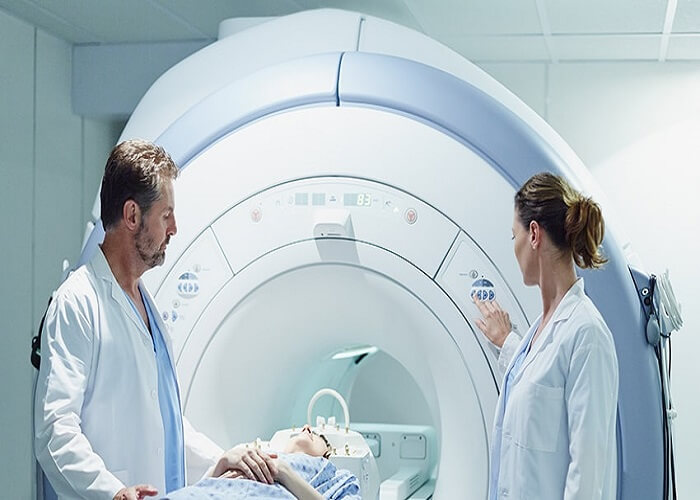A pain clinic doctor will help determine if radiofrequency ablation is the best method for you. Chronic pain sufferers whose symptoms are not relieved by the use of NSAIDs, physical therapy, or epidural or steroid injections, may require a somewhat more intrusive unconventional type of treatment.
Time duration you suffer pain
The physician should first assess the time duration that conventional pain treatment approaches were used before making a diagnosis. For example, if both painkillers and exercise did not relieve chronic pain after six weeks, the doctor will check the patient history to see if the patient had physical therapy or chiropractic treatment for at least four to six months before the pain clinic referral.
Injections do not solve the pain problem
At the pain clinic, a patient suffering from chronic pain such as facet joint pain or lower back pain may be first treated with injections of steroid drugs for at least three months to ascertain whether this treatment type can provide pain relief.
Diagnostic medial branch block procedures
If steroid treatment injections do not solve the pain problem, diagnostic medial branch block procedures will be done to confirm the source of the back pain. If the patient then has pain relief after at least two diagnostic nerve blocks are done, then the ablation procedure can be recommended. A medial branch block is a type of nerve block induced when a needle is inserted in regions of the spinal column where affected pain nerve roots are found. Imaging techniques such as fluoroscopy or X-rays are used to visualize correct needle insertion.
Most of the patients get relief from a diagnostic nerve block (injection of numbing agent into or near the nerve). Nerve blocks are used to confirm that nerve irritation is the problem and source of pain. But a nerve block only provides temporary effects. Once the pain came back, then radiofrequency ablation is done to end painful symptoms permanently.
The spine examination
Before the physician can recommend radiofrequency ablation as the best method to treat chronic pain, the spine will need to be thoroughly examined to check for abnormalities. The spine assessment can be done using magnetic resonance imaging (MRI) scans or computed tomography (CT) scans. These scans are necessary because spinal abnormalities can make needle placement difficult or the ablation procedure may be determined to be an inappropriate treatment for some patients. Once the physician can rule out any spinal problems, they will perform a series of medial branch blocks to determine if the patient could benefit from radiofrequency ablation treatment.
Patients have already undergone open surgery
Certain patients, before being referred to a pain clinic, may have already undergone open surgery. However, sometimes surgery does not successfully relieve chronic pain, and this is especially true in back pain patient cases. The radiofrequency ablation procedure may be recommended for these patients. The ablation treatment as compared to surgical procedures requires local anesthesia and, in some cases, only a mild sedative is needed. Open-surgery is also associated with a higher occurrence of complications due to the use of general anesthesia. Therefore, for all the reasons listed above, radiofrequency ablation therapy is usually preferred to repeating open surgical procedures.
References
http://www.methodistorthopedics.com/
http://coloradopain.co//







